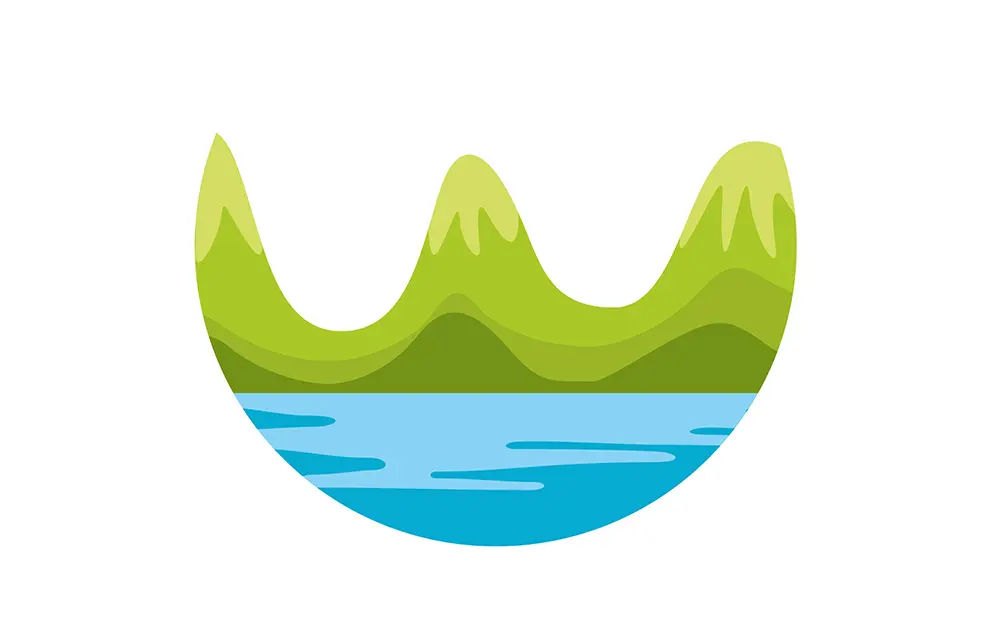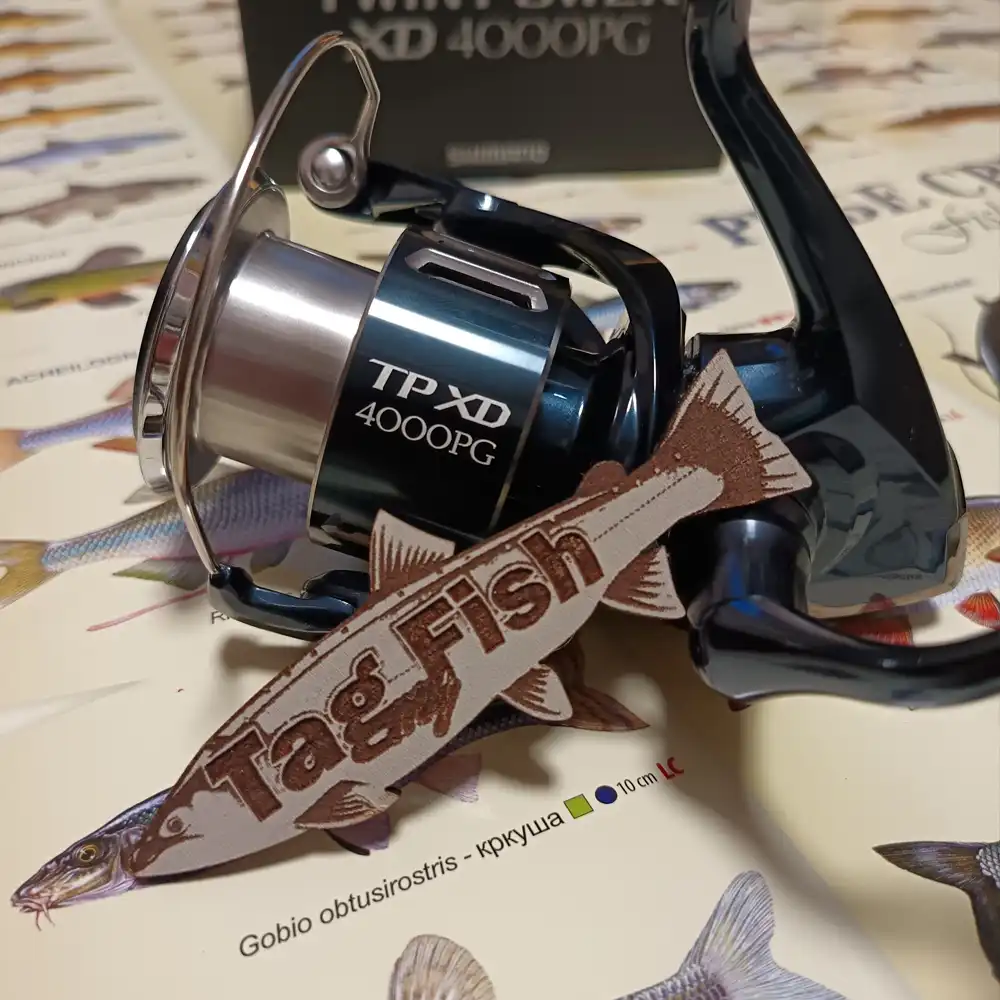Lake Monomonac

General data
- Name: Lake Monomonac
- Water system: Connecticut River
- Water type: Artificial lake
- Progression: North Branch Millers River -> Millers River -> Connecticut River -> Atlantic Ocean -> Planet Earth
- Climates: Temperate
- Continents: North America
- Countries: United States of America
Lake Monomonac is an artificial lake that straddles the border between Rindge, New Hampshire, and Winchendon, Massachusetts, in the United States. It was created from a small pond in New Hampshire by the construction of dams on the North Branch of the Millers River, a part of the Connecticut River watershed. Lake Monomonac is 240 ha in size, with 166 ha in New Hampshire and the remaining 74 ha in Massachusetts. The lake has a maximum recorded depth of 6.7 m and an average depth of 3 m. The lake is classified as a warmwater fishery, with observed species including smallmouth and largemouth bass, black crappie, chain pickerel, white perch, pumpkinseed, bluegill, horned pout, and green sunfish.


